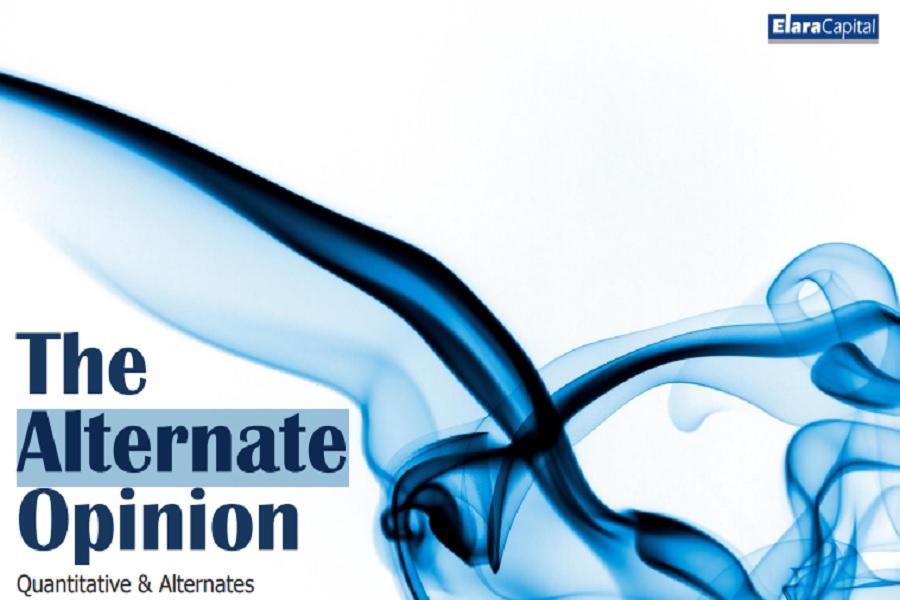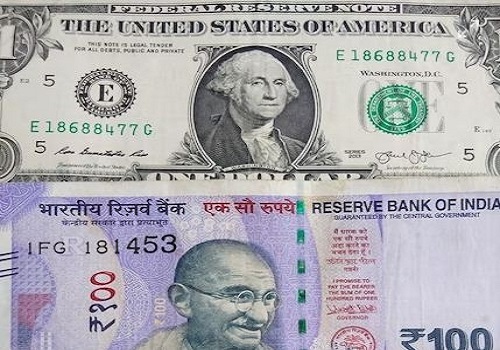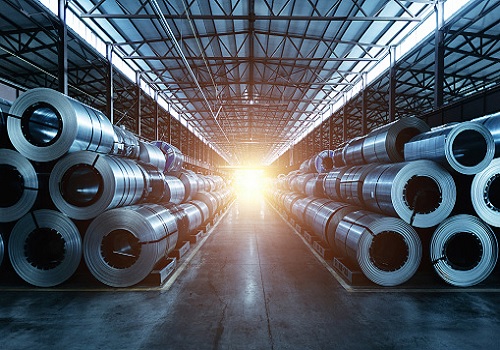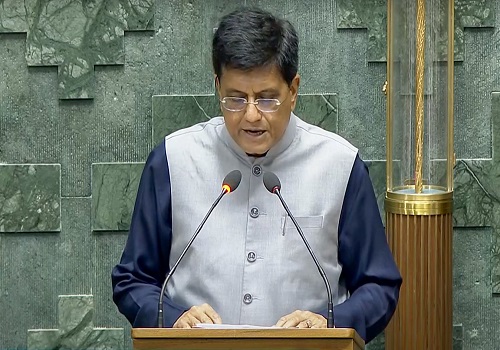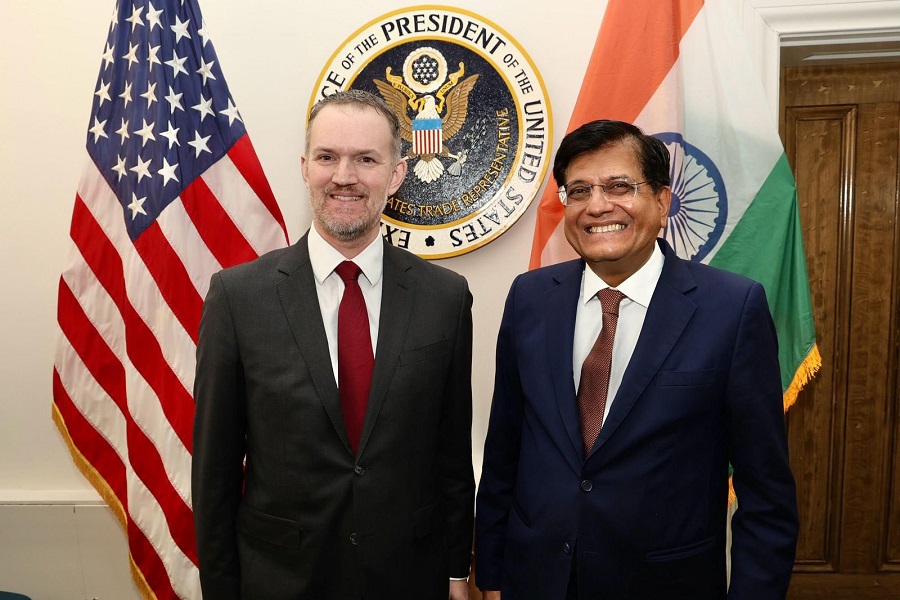Free Trade Agreements - From Tariffsto Triumphs!

On March10,2024 the Union Cabinetchaired bythe Hon’ble Prime Minister approved the signing of the Trade and Economic Partnership Agreement (TEPA) with European Free Trade Association (EFTA) countries comprising Switzerland, Iceland, Norway and Liechtenste in.Theagreement, one of the largest in history for India, with abinding commitment of$100 billion and 1 million direct jobs in the next 15 years,is amajor positive for India.It is expected to give a boost to the Make in India program, provide employment opportunities to the nation’s young workforce and a window to Indian exporters to access large European and global markets.
FTAs are treaties between two or more countries designed to reduce or eliminate certain barriers to trade and investment, and to facilitate stronger trade and commercial ties between participating countries. Trade agreements occur at varying degrees of openness. While preferential trade agreements (PTAs) involve the lowest level of integration, which are limited to reductions in tariffs for a select list of goods, FTAs offera deeper form of integration through tariff reductions in larger classes of goods.
India has been attempting to forge FTA swith several partners–both bilateral and regional–that cover tariff reduction impacting the entire manufacturing and the agricultural sectors, rules on services trade, digital issues such as data localization, intellectual property rights that may have an impact on the accessibility of pharmaceutical drugs, and investment promotion, facilitation, and protection.
Over the years, India has entered into different kinds of trade agreements. These agreements in addition to preferential rates of tariff,provide deeper integration inareassuchasservices,investment,and intellectual property. India’s foray into trade agreements beganin1975 when it signed the Bangkok agreement. Asofnow, there are a total of 20 agreements in place, 14 of which are FTAs, and 6 are PTAs.
The country / region-wise merchandise exports delineated below signals to the positive impact of FTAs on India’s economy:
For supporting its mission of Aatmanirbhar Bharat, the Government has been stepping up its capex, announcing a slew of supportive policies like conducive tax environment and Production-Linked Incentives (PLI) for different sectors to provide impetus to diversification of supply chain operations by multinational companies to India.
Among the se initiatives by the Government,FTAs are significant because they tend to boost export-oriented domestic manufacturing, which helps in creation of job opportunities, rise of exports, and reduction in import dependency on other countries. While India has been cautious about signing FTAs in order to prevent subsidised goods from being dumpedin India, the Government has demonstrated growing engagement and renewed commitment to bilateral trade deals. Furthermore, recent agreements indicate the nation’s ambition to become more global as opposed to being primarily with Asian countries, and bode well for the Government’s vision to make India an economic powerhouse.
Above views are of the author and not of the website kindly read disclaimer




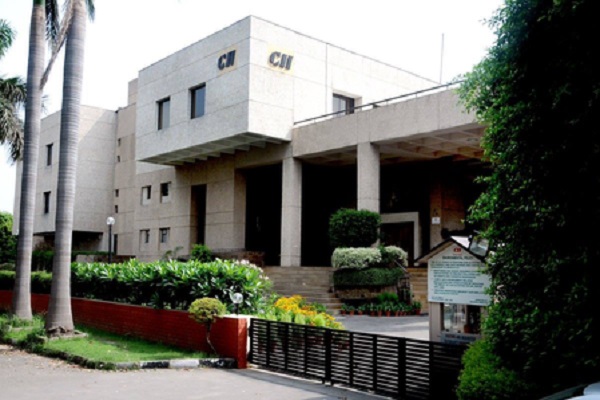

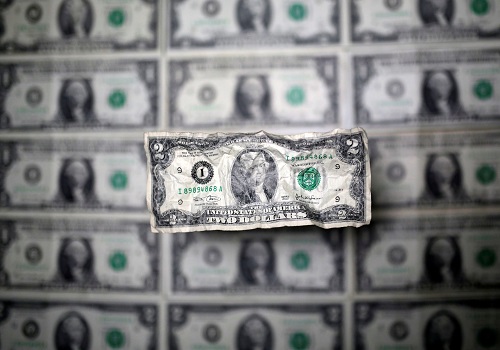
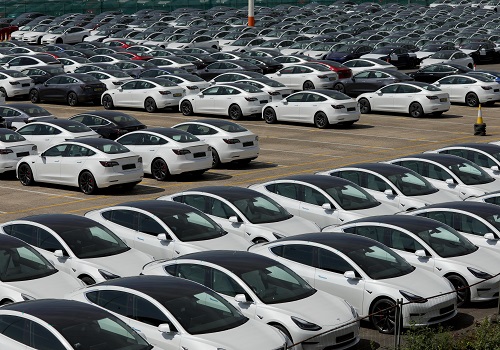


More News

Mistakes Investors Make: Chasing Performance vs Staying Invested

